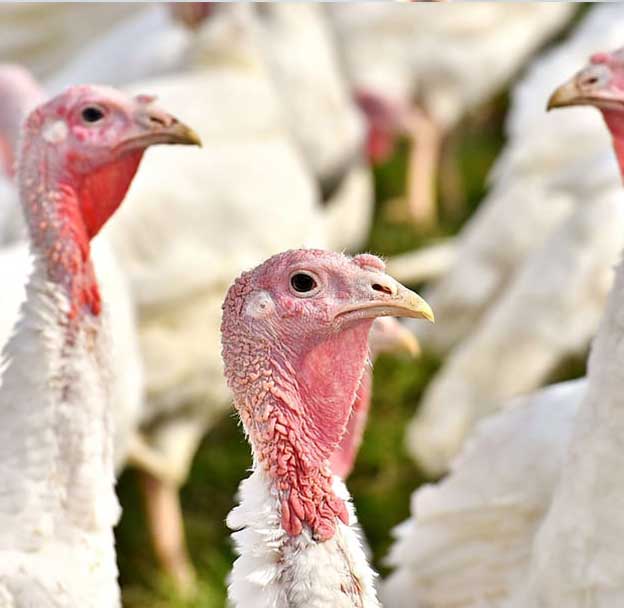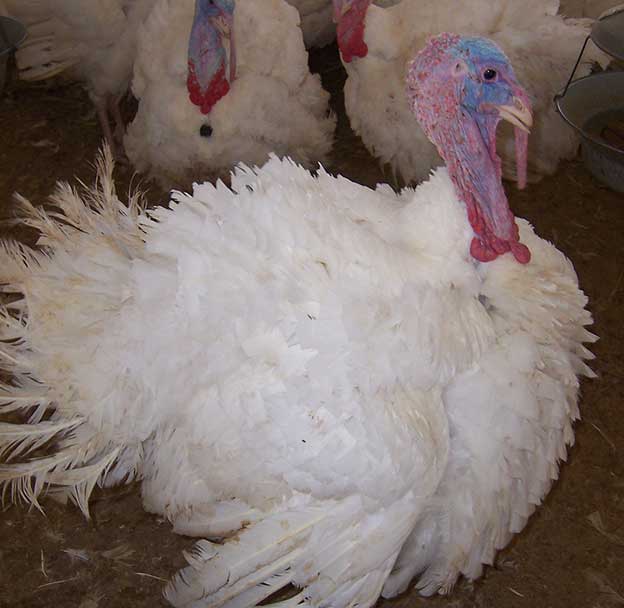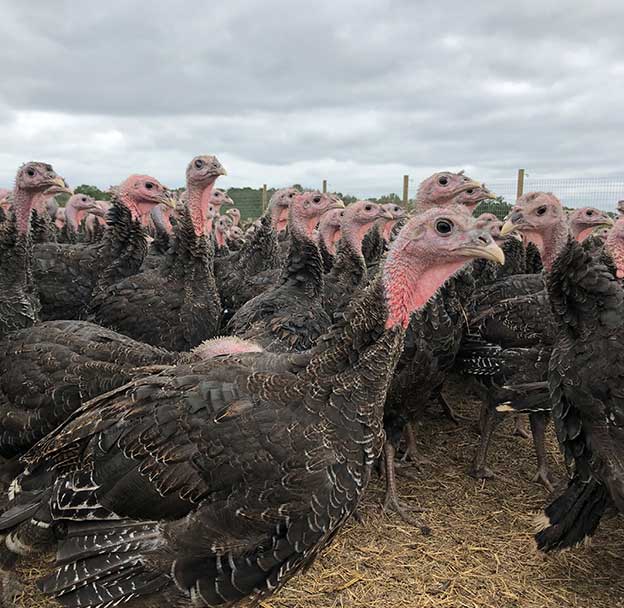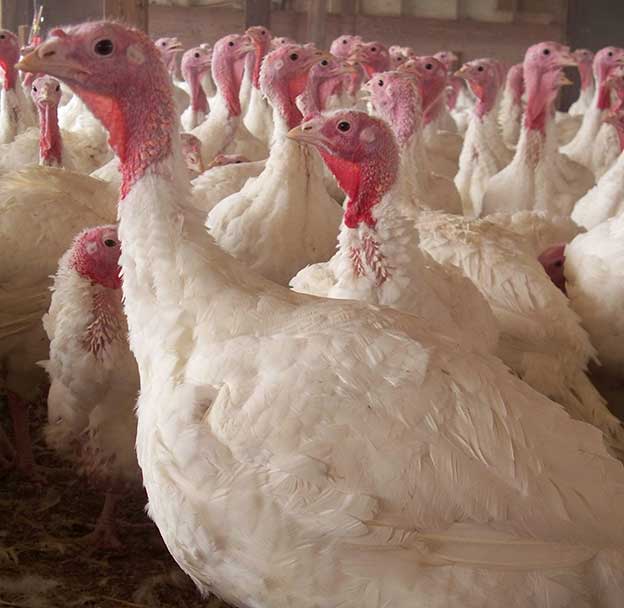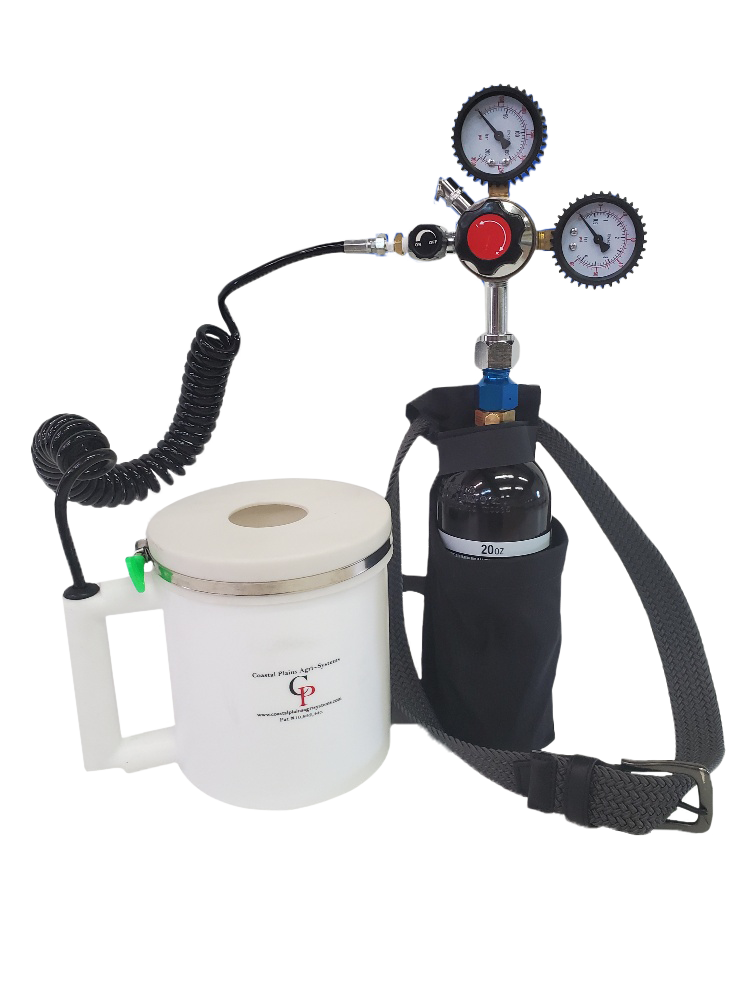
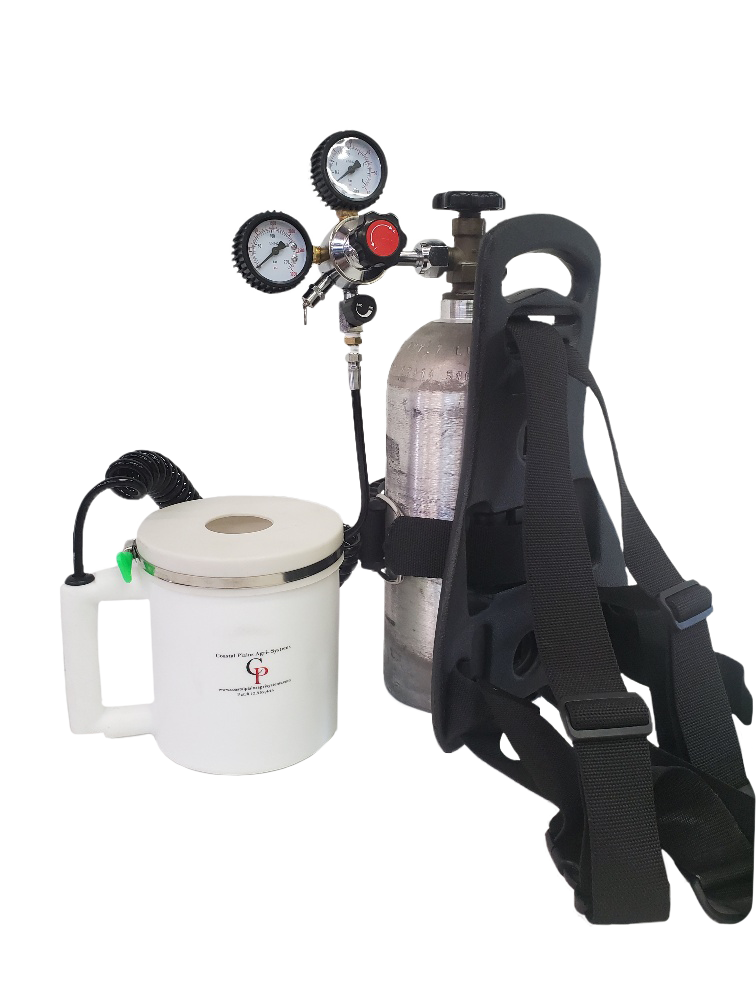

That depends on the person administering the CO² gas and the health condition of the bird at the time? Typically, it takes 1-2 minutes.
On average, about 200. This will depend mainly on the skill level of the operator using the device and making sure all fittings are tight before starting out and learning not to use excessive CO².
Yes. For this to happen, farms must have a large supply of co2 on hand, for example, larger 50 lb.
Caution should be used not to overfill small tanks. If using a 20 oz. CO² cylinder, the total weight should be measured. (Example) An empty 20 oz. cylinder weighs 18.24 oz. When refilling, tanks should be placed on scales. Fill to add 20oz. of co2 for a total weight of 2.39 lbs. or 38.24 oz. total weight.
No. Seal opening sizes will vary depending on the species and also the head and neck size. For example, with studies to determine the correct size, a 1 ¾” seal hole size worked best for a 10- 14 lb. hen turkey. Larger size holes will work, but will allow for excessive CO² loss and require more time to euthanize.
No. With the application of CO², oxygen should be removed from the hood to obtain maximum 75% CO² level in the hood chamber. This will require a slight gap between the seal opening and the neck of the bird to remove oxygen and keep CO² loss to a minimum.
Yes, but mainly when CO² is used in “Confined Spaces” such as vessels, storage bins, silos, pits, vaults
Certification is not necessary, however all operators should be trained on how to safely operate the CAS- 3 device.
Devices may be placed inside vehicle cabs. CO² tanks cannot and must be placed securely in truck bed storage boxes only.
